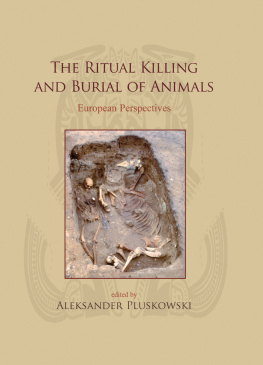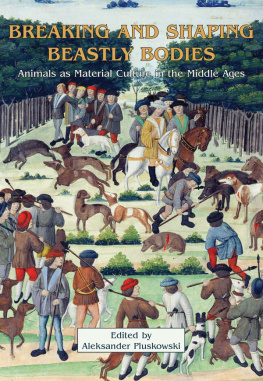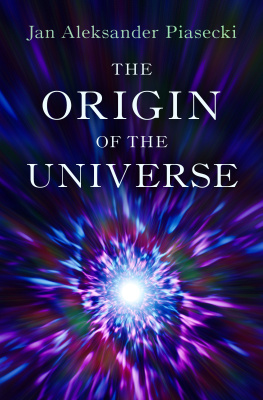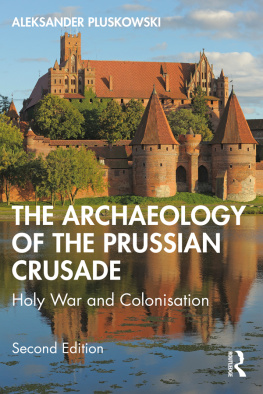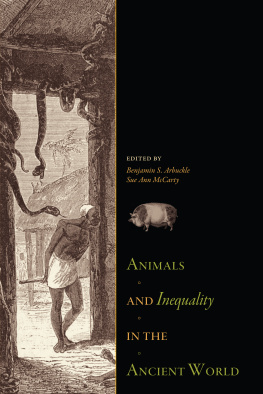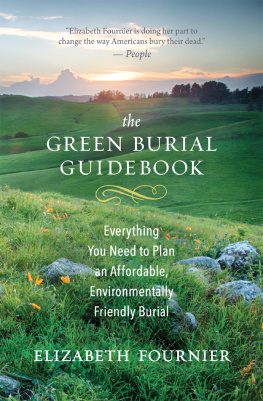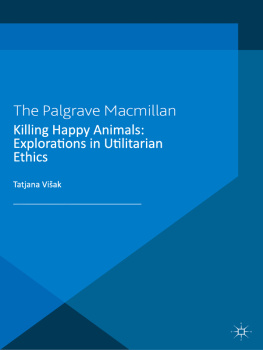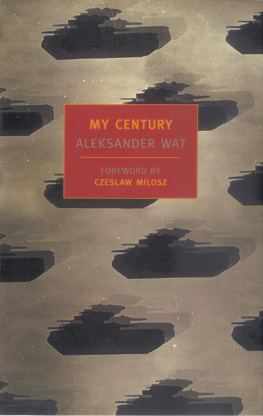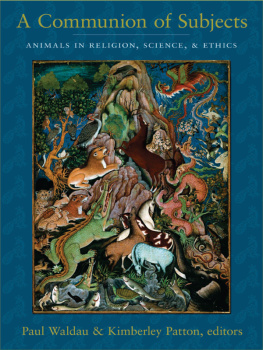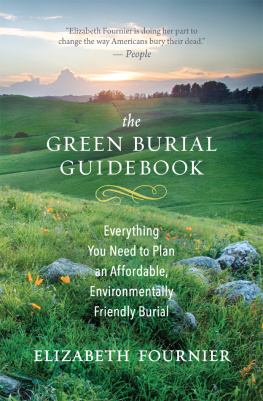Aleksander Pluskowski - The Ritual Killing and Burial of Animals
Here you can read online Aleksander Pluskowski - The Ritual Killing and Burial of Animals full text of the book (entire story) in english for free. Download pdf and epub, get meaning, cover and reviews about this ebook. year: 2011, publisher: Casemate Publishers & Book Distributors, LLC, genre: Religion. Description of the work, (preface) as well as reviews are available. Best literature library LitArk.com created for fans of good reading and offers a wide selection of genres:
Romance novel
Science fiction
Adventure
Detective
Science
History
Home and family
Prose
Art
Politics
Computer
Non-fiction
Religion
Business
Children
Humor
Choose a favorite category and find really read worthwhile books. Enjoy immersion in the world of imagination, feel the emotions of the characters or learn something new for yourself, make an fascinating discovery.
- Book:The Ritual Killing and Burial of Animals
- Author:
- Publisher:Casemate Publishers & Book Distributors, LLC
- Genre:
- Year:2011
- Rating:4 / 5
- Favourites:Add to favourites
- Your mark:
- 80
- 1
- 2
- 3
- 4
- 5
The Ritual Killing and Burial of Animals: summary, description and annotation
We offer to read an annotation, description, summary or preface (depends on what the author of the book "The Ritual Killing and Burial of Animals" wrote himself). If you haven't found the necessary information about the book — write in the comments, we will try to find it.
The Ritual Killing and Burial of Animals — read online for free the complete book (whole text) full work
Below is the text of the book, divided by pages. System saving the place of the last page read, allows you to conveniently read the book "The Ritual Killing and Burial of Animals" online for free, without having to search again every time where you left off. Put a bookmark, and you can go to the page where you finished reading at any time.
Font size:
Interval:
Bookmark:

Published by
Oxbow Books, Oxford, UK
Oxbow Books and the authors, 2012
ISBN 978-1-84217-444-9
This book is available direct from:
Oxbow Books, Oxford, UK
(Phone: 01865-241249; Fax: 01865-794449)
and
The David Brown Book Company
PO Box 511, Oakville, CT 06779, USA
(Phone: 860-945-9329; Fax: 860-945-9468)
or from our website
www.oxbowbooks.com
A CIP record for this book is available from the British Library
Library of Congress Cataloging-in-Publication Data
The ritual killing and burial of animals: European perspectives / edited by Aleksander Pluskowski.
p. cm.
Includes bibliographical references.
ISBN 978-1-84217-444-9
1. Animal sacrifice--Europe. 2. Animals, Fossil--Europe. 3. Animal remains (Archaeology)--Europe. 4. Human-animal relationships--Europe. 5. Europe--Antiquities. I. Pluskowski, Aleksander.
BL795.A54R57 2012
203.4--dc23
2011040891
Cover image: Burial of a man accompanied by a horse from an Early Anglo-Saxon cemetery at Eriswell (RAF Lakenheath), Suffolk. Copyright Suffolk Co. Council
Background image: Horse motif comparanda. Redrawn after Mller-Wille 1971/2; Bruce-Mitford 1978.
Printed in Great Britain by
Gomer Press
Llandysul, Ceredigion
Contents
S ECTION 3: W ESTERN E UROPE
Contributors
L SZL B ARTOSIEWICZ
Institute of Archaeological Sciences
Eotvos Lorand University
Budapest, Hungary
School of History, Classics and Archaeology,
University of Edinburgh, UK
M INDAUGAS B ERTAIUS
Department of Philosophy and Cultural Science
Kaunas University of Technology, Lithuania.
L EE B RODERICK
School of Applied Sciences
Bournemouth University, UK
C HRIS F ERN
Fern Archaeology/Department of Archaeology
University of York, UK
M AAIKE G ROOT
Faculteit der letteren
Vrije Universiteit
Amsterdam, The Netherlands
T NDE H ORVTH
Hungarian Academy of Science
Institute of Archaeology
Budapest, Hungary
A NDRZEJ K UCZKOWSKI
Department of Archaeology
Koszalin Museum, Poland
K AMIL K AJKOWSKI
Department of Art and History
West-Kashubian Museum in Bytw, Poland
R NAR L EIFSSON
Faculty of History and Philosophy
University of Iceland
J ACQUI M ULVILLE
School of History, Archaeology and Religion
Cardiff University, UK
R ICHARD M ADGWICK
School of Applied Sciences
Bournemouth University, UK
O LA M AGNELL
Historical Osteology, Department of Archaeology and Ancient History
Lund University, Sweden
M ARK M ALTBY
School of Applied Sciences
Bournemouth University, UK
J AMES M ORRIS
Museum of London Archaeology, UK
A DRIENNE P OWELL
School of History, Archaeology and Religion
Cardiff University, UK
M IKE P ARKER P EARSON
Department of Archaeology
University of Sheffield, UK
A LEKSANDER P LUSKOWSKI
Department of Archaeology,
University of Reading, UK
F RANK S ALVADORI
Department of Archaeology
University of Siena, Italy
N ICOLE R EYNAUD S AVIOZ
ARIA-SA, Archologie et Recherches
Interdisciplinaires dans les Alpes, Switzerland
K ARLHEINZ S TEPPAN
Albert-Ludwigs-Universitt Freiburg, Institut fr
Archologische Wissenschaften, Abteilung fr
Urgeschichtliche Archologie, Germany
R ADOSAW S ZCZODROWSKI
Nicolaus Copernicus University in Toru
(UMK), Poland
The editor would like to thank the reviewers of the contributions presented in this volume
S ECTION 1
I NTERPRETATIVE F RAMEWORKS
Introduction: The Ritual Killing and Burial of Animals in the Past
Aleksander Pluskowski
The killing and burial of animals in ritualistic contexts is encountered across Europe from Prehistory through to the historical period. The term ritualistic is an ambiguous and controversial one, but in this context most commonly refers to the slaughter of animals as part of religious or cult praxis. Archaeologically, such animals are most frequently encountered in funerary contexts, often in association with human remains, where they are typically interpreted as sacrifices. Written sources from historical periods indicate incredible diversity in the form and function of animal sacrifice, from basic slaughter through to burning and living burial. Deeper in the past, where we rely almost exclusively on interpreting deposited animal remains and (where available) zoomorphic iconography, the range of treatments of the ritually slaughtered and deposited animals is equally diverse.
The aim of this volume is to present the state of research across Europe, to illustrate how comparable interpretative frameworks are used by archaeologists working with both prehistoric and historical societies. This is a topic which is widely encountered in the study of past European societies, and one which would benefit from a comparison of techniques, interpretations, theoretical frameworks and critiques. Key questions include: How easy is it to identify ritually killed animals in the archaeological record? Can we tell if an animal has been killed specifically for such a purpose? Is it possible to reconstruct the rites associated with their deposition? Is it possible to reconstruct or re-contextualise the value of ritually killed animals? What insights can be gained about the religious paradigms and ritual systems of the societies engaged in animal sacrifice? How specifically can we understand the cultic praxis behind the sacrificial killing of animals? Why are some species used in sacrificial contexts and not others? What can this tell us about human-animal relations in the past? How much similarity is there across European societies in the treatment of animals made sacred? How long were specific rites in use and why? Although animal sacrifices are typically interpreted as substitutes or surrogates for people, how does the ritualistic treatment of animal bodies compare to similar treatments of humans? Many of these questions are tackled by the sixteen papers in this volume, sub-divided into interpretative and regional studies. Together they represent a snapshot of the current state of research on this fundamental, recurring and spectacular aspect of human societies in the past.
Associated Bone Groups
The horse skeleton on the cover of this volume, referred to in Chris Ferns contribution, evokes the most common impression of ritual killing and burial; animals that have been buried whole with or nearby humans, often within a definable cemetery and assumed or ascertained to be deliberately killed for this purpose, rather than buried after naturally expiring. James Morris introduces the volume with a survey of how archaeologists have identified the remains of animals that have been slaughtered within a ritualistic context, defined as Associated Bone Groups (ABGs). This terminology is now widely used in the zooarchaeological and archaeological literature; many of the contributors have framed their interpretations in reference to this definition. The idea of an ABG is that it immediately identifies a carcass that was not fully processed for food or raw materials in manufacturing. However, assigning an interpretation to an ABG is largely a product of the archaeological milieu, formed by expectations and assumptions regarding the context. Moreover, the dichotomy between ritual/sacred and mundane/profane is something that remains widely used by European archaeologists, despite attempts at developing new interpretative frameworks. Part of the problem, when grappling with these juxtapositions, is that zooarchaeologists naturally begin and end their investigations with the animal remains, rather than adopting a more holistic approach to religious practices or world-views. Given the nature of the discipline this is not always possible and in some cases even these ABGs are divorced from their immediate material context (Groot this volume); several contributions call for better documentation and publication of animal deposits. However, by viewing such deposits as human constructs as material culture as all of the contributors have done, a different perspective becomes available, one that draws its inspiration from the biographical approach to objects and monuments. In fact, zooarchaeologists are familiar with a life history perspective on deposited faunal remains through the study of taphonomy, which represents a major theme in this volume.
Next pageFont size:
Interval:
Bookmark:
Similar books «The Ritual Killing and Burial of Animals»
Look at similar books to The Ritual Killing and Burial of Animals. We have selected literature similar in name and meaning in the hope of providing readers with more options to find new, interesting, not yet read works.
Discussion, reviews of the book The Ritual Killing and Burial of Animals and just readers' own opinions. Leave your comments, write what you think about the work, its meaning or the main characters. Specify what exactly you liked and what you didn't like, and why you think so.

